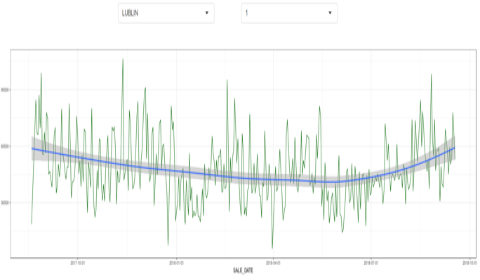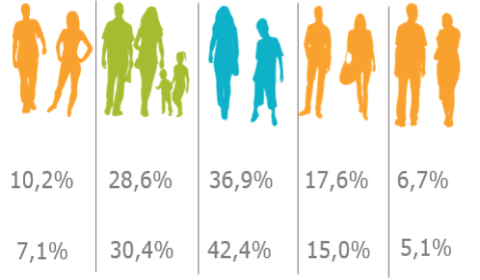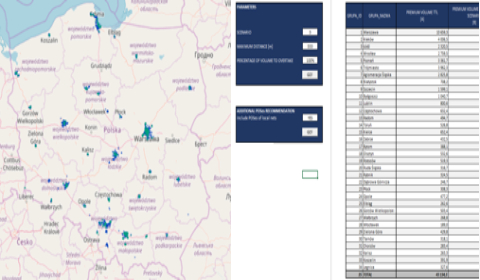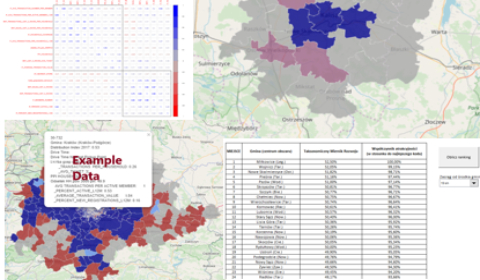
Problem:
One of the retailers needed easy access to information about its loyalty program participant database. The information had to be legible, easily accessible and regularly updated.One of the retailers needed easy access to information about its loyalty program participant database. The information had to be legible, easily accessible and regularly updated.
Solution:
An interactive dashboard was built to present the most important information in a clear form. The dashboard is updated daily based on the loyalty program database and other data sources.
Effects:
- Always up-to-date and legible information for managers responsible for the program
- Good decisions translated into an almost twofold increase in the number of participants in the program in less than 2 years
- EMAIL and SMS communication to program participants brought between PLN50 and 100 million of additional turnover per year
Data sources:
- Data from the loyalty program
- Sales data
- Data from the mailing system






